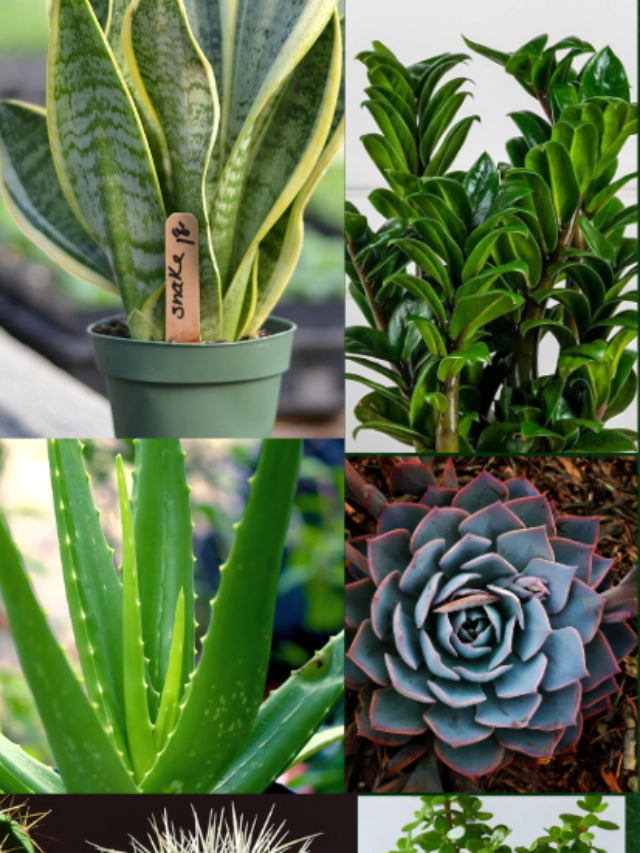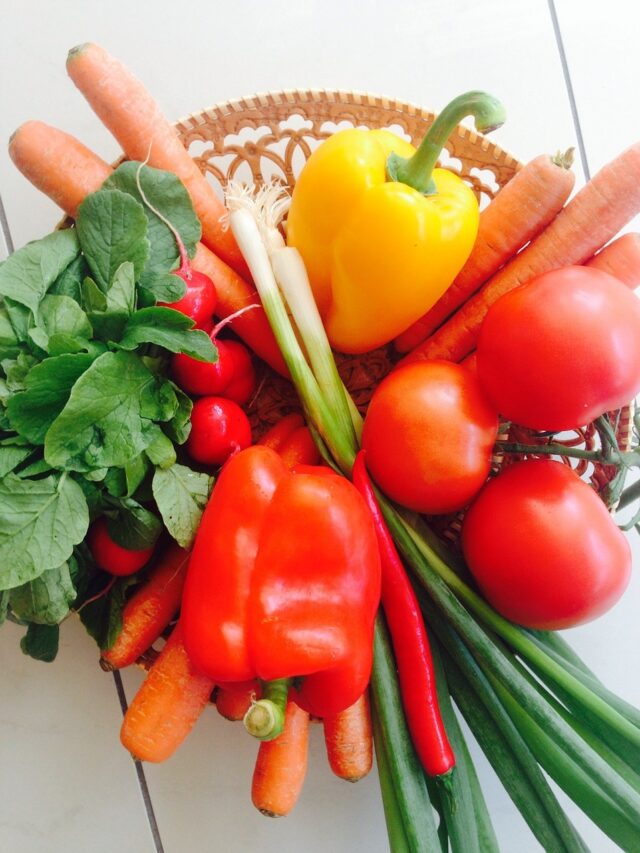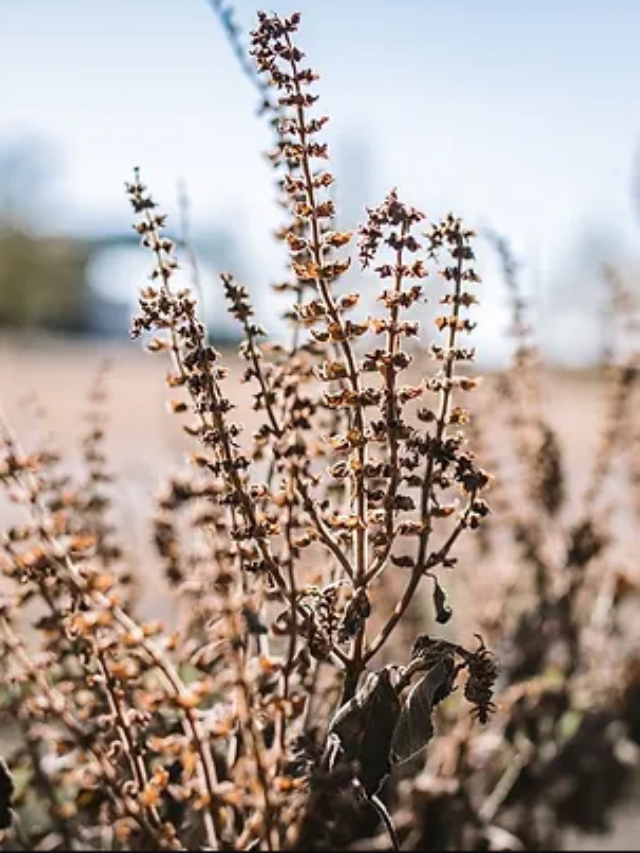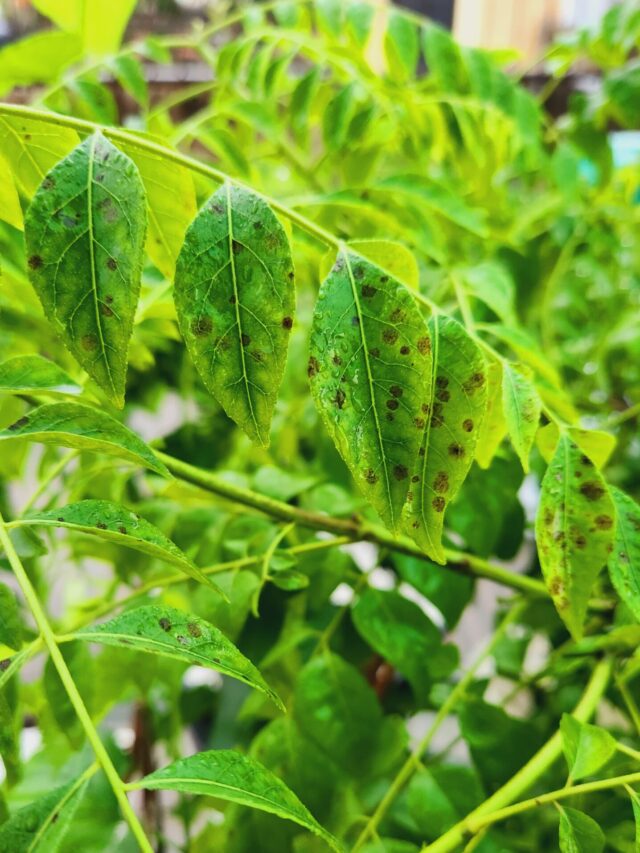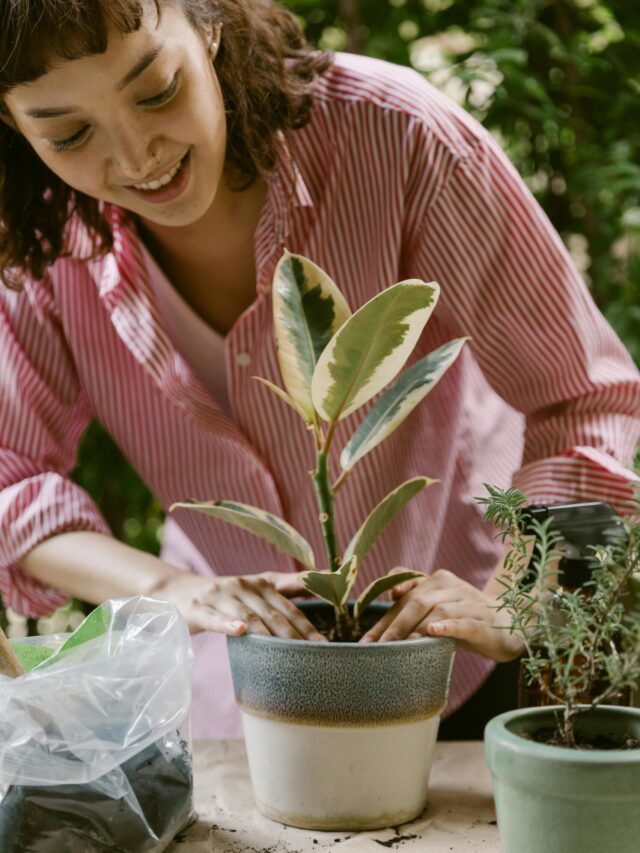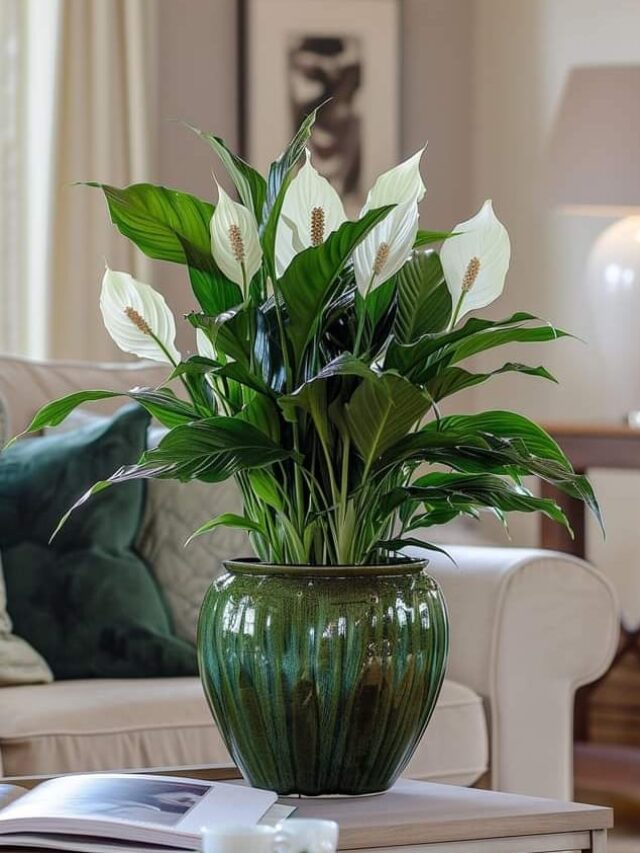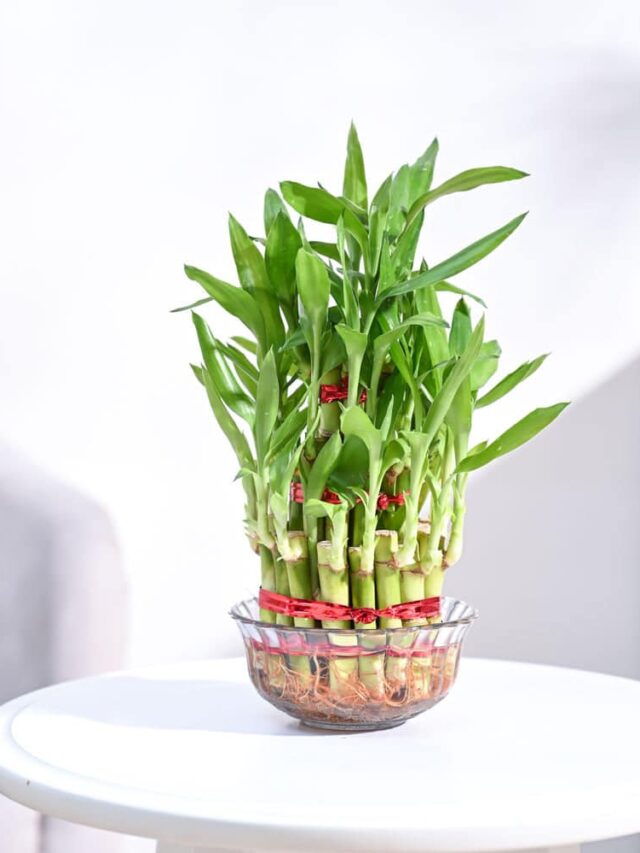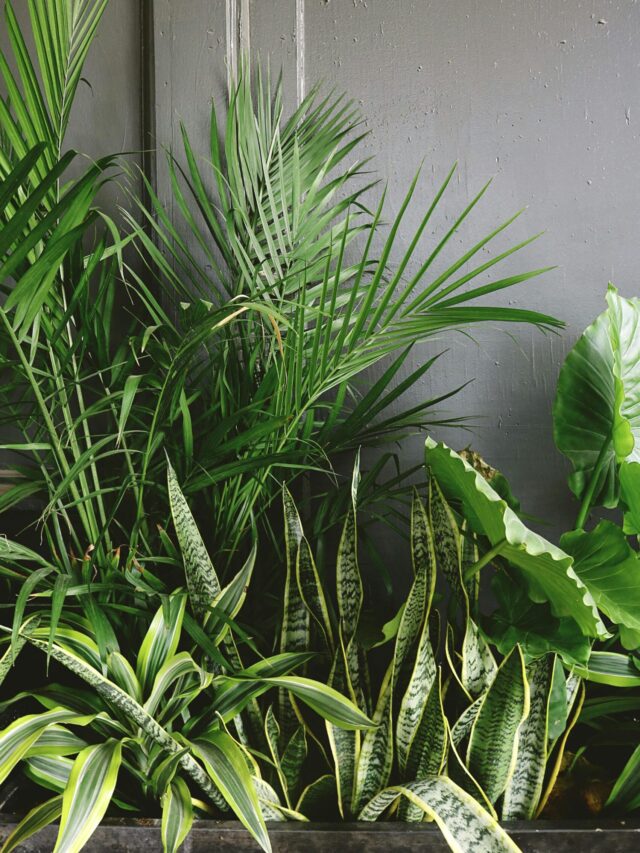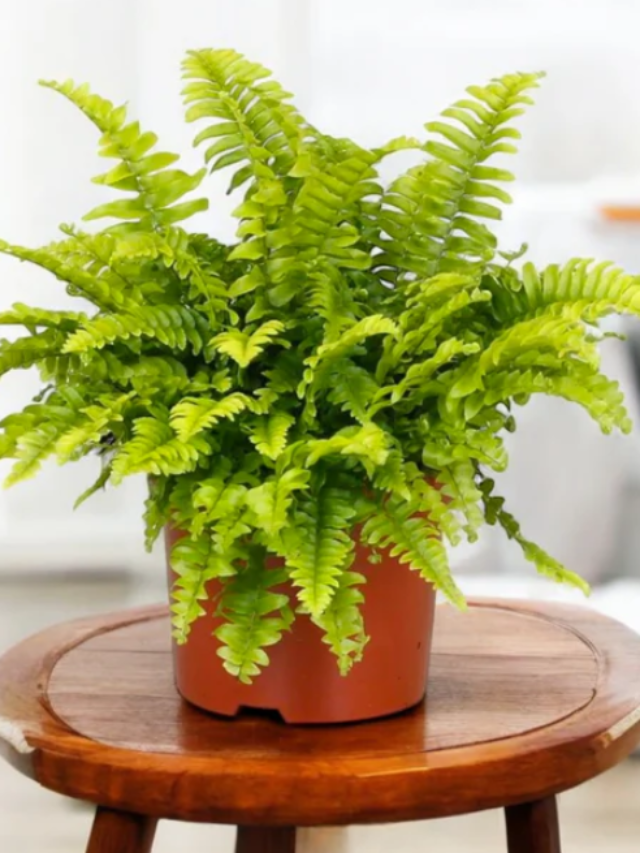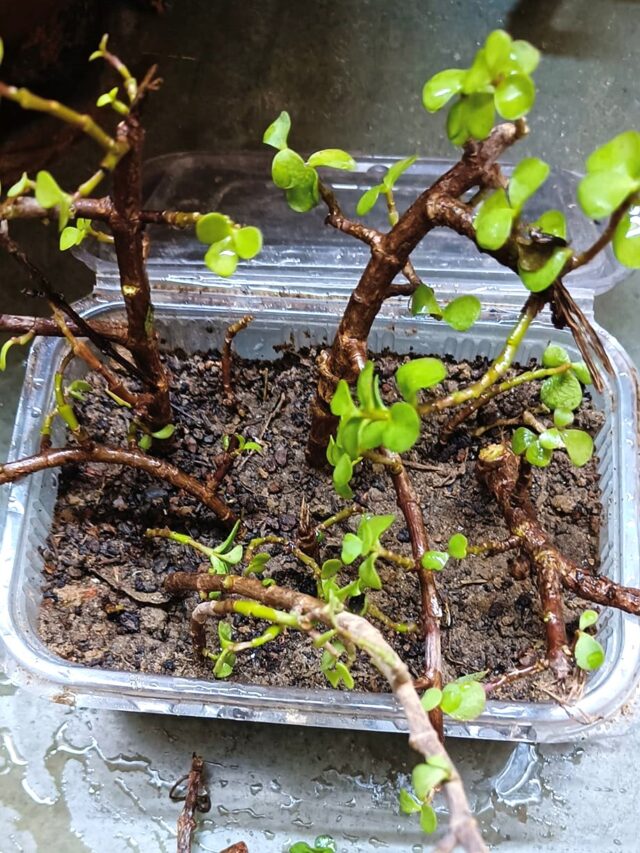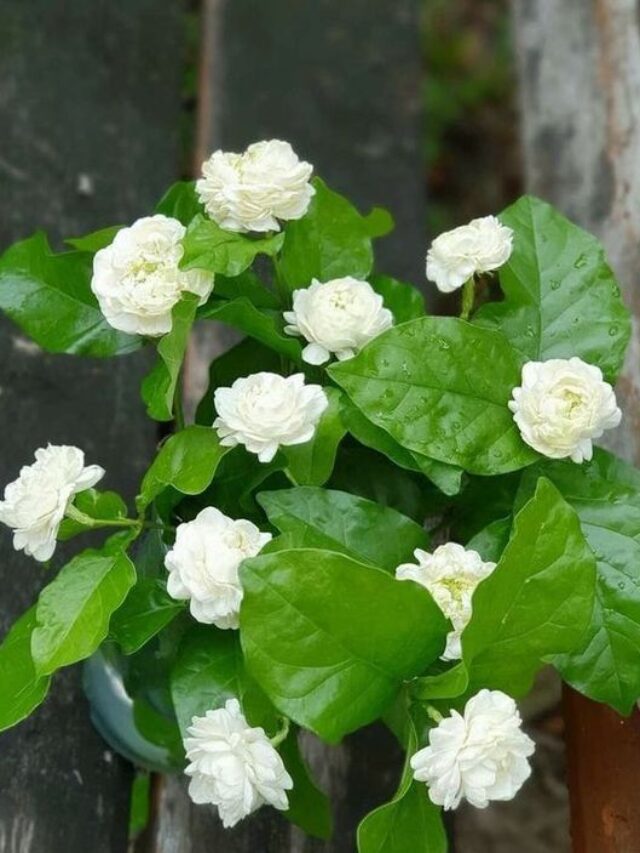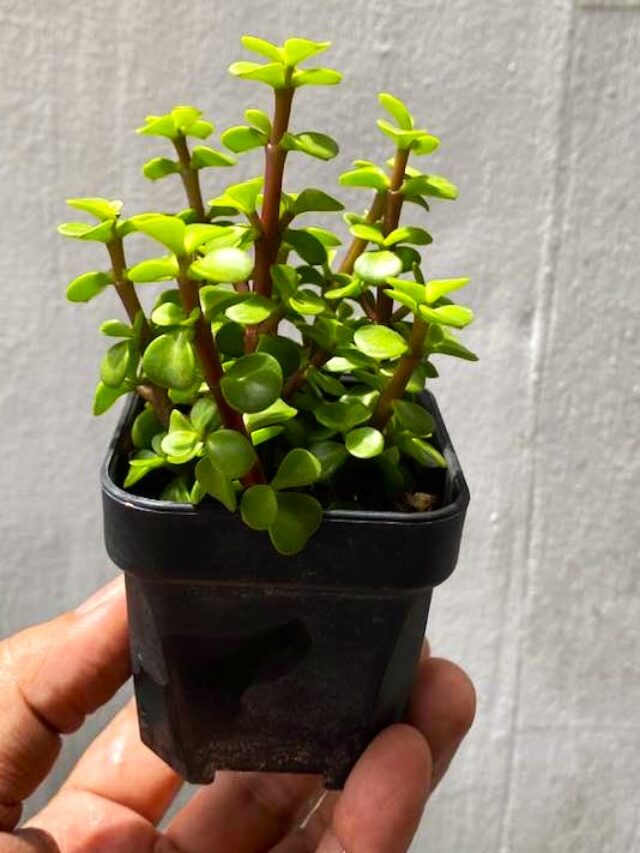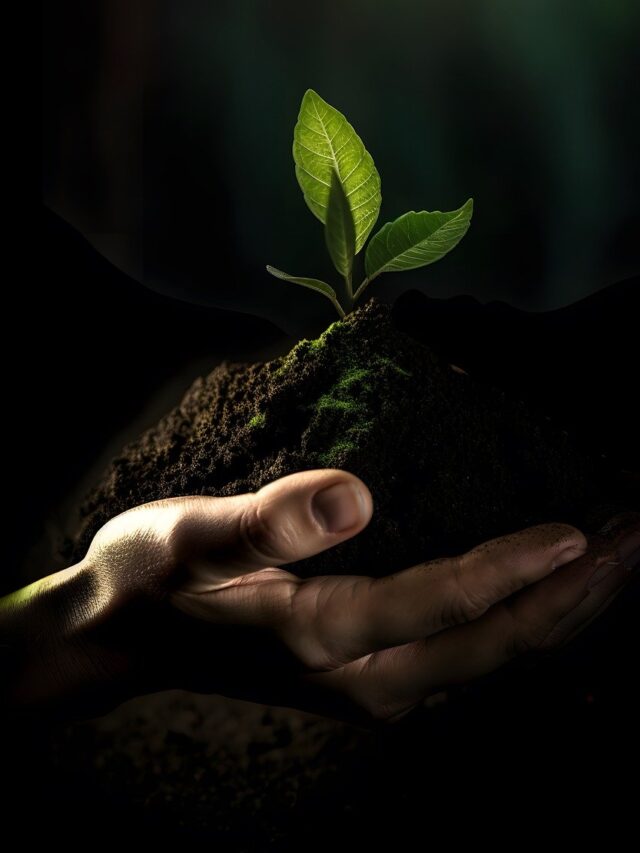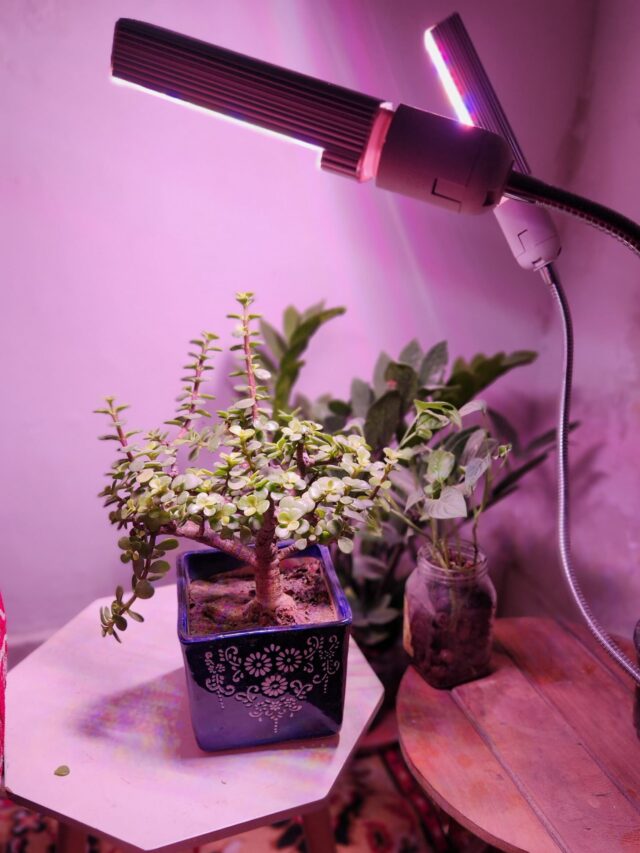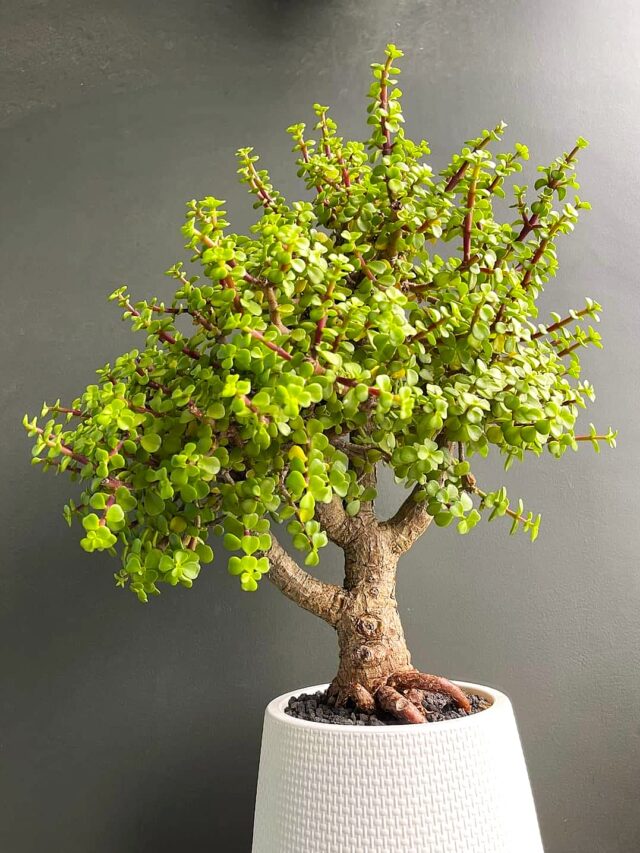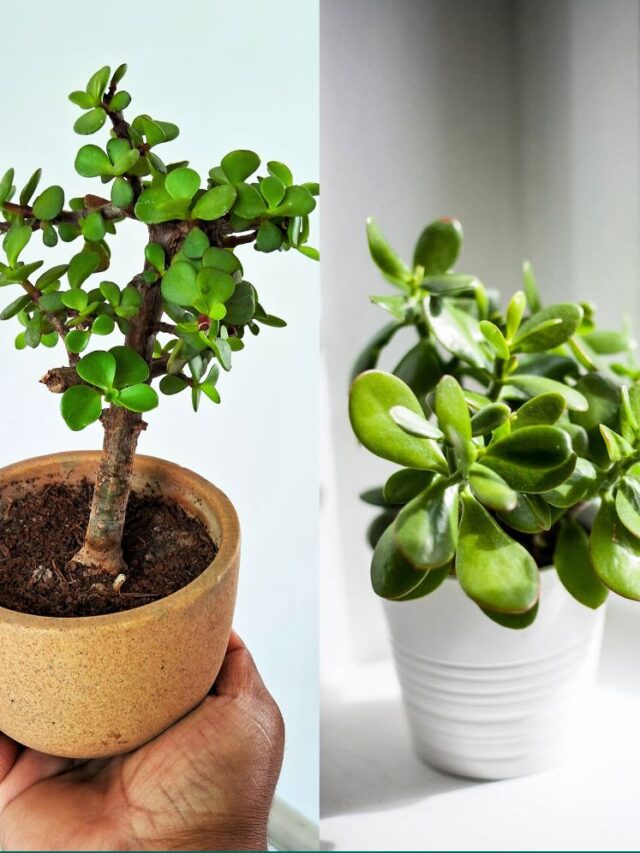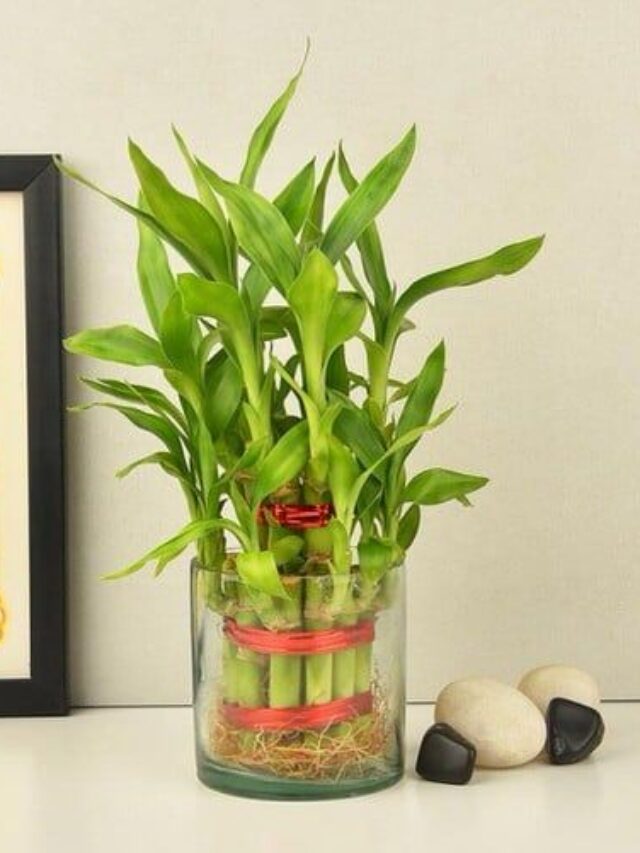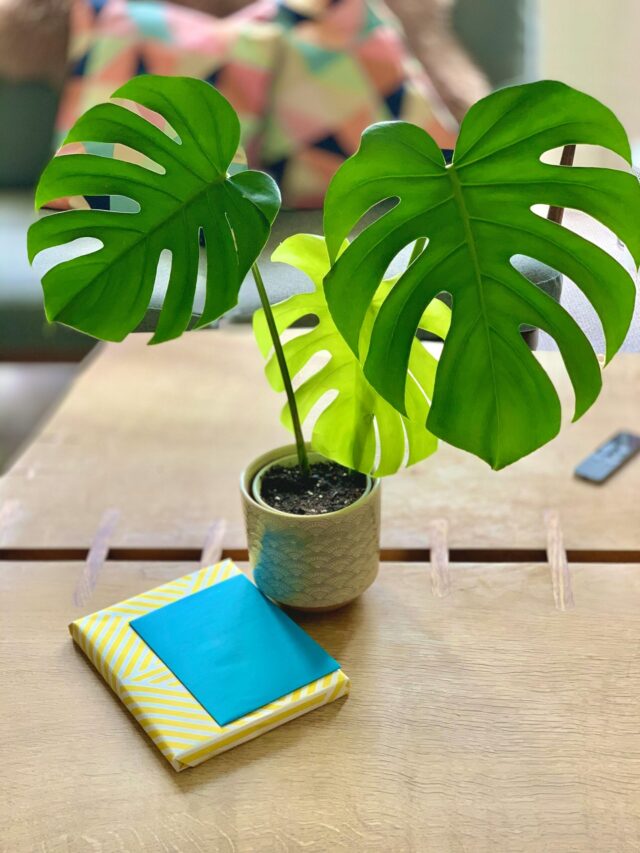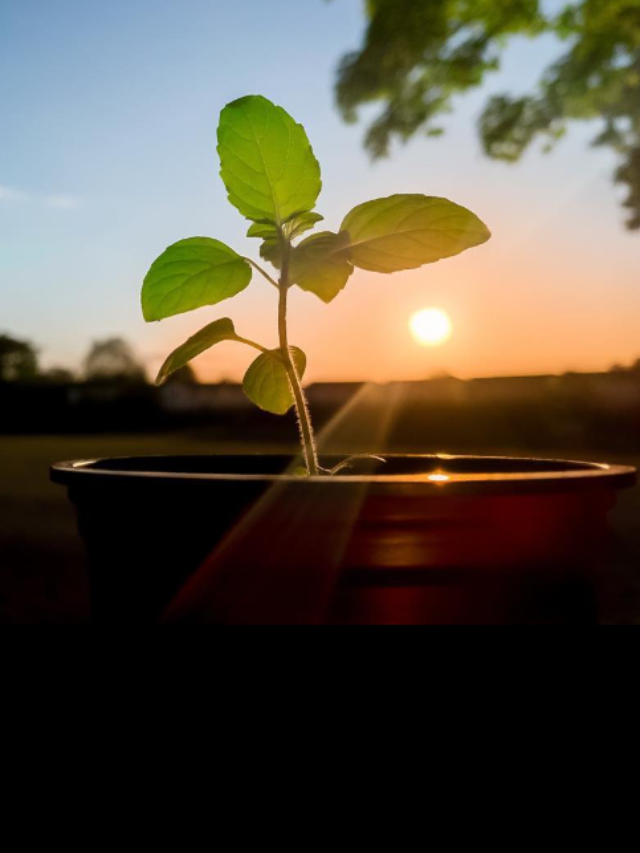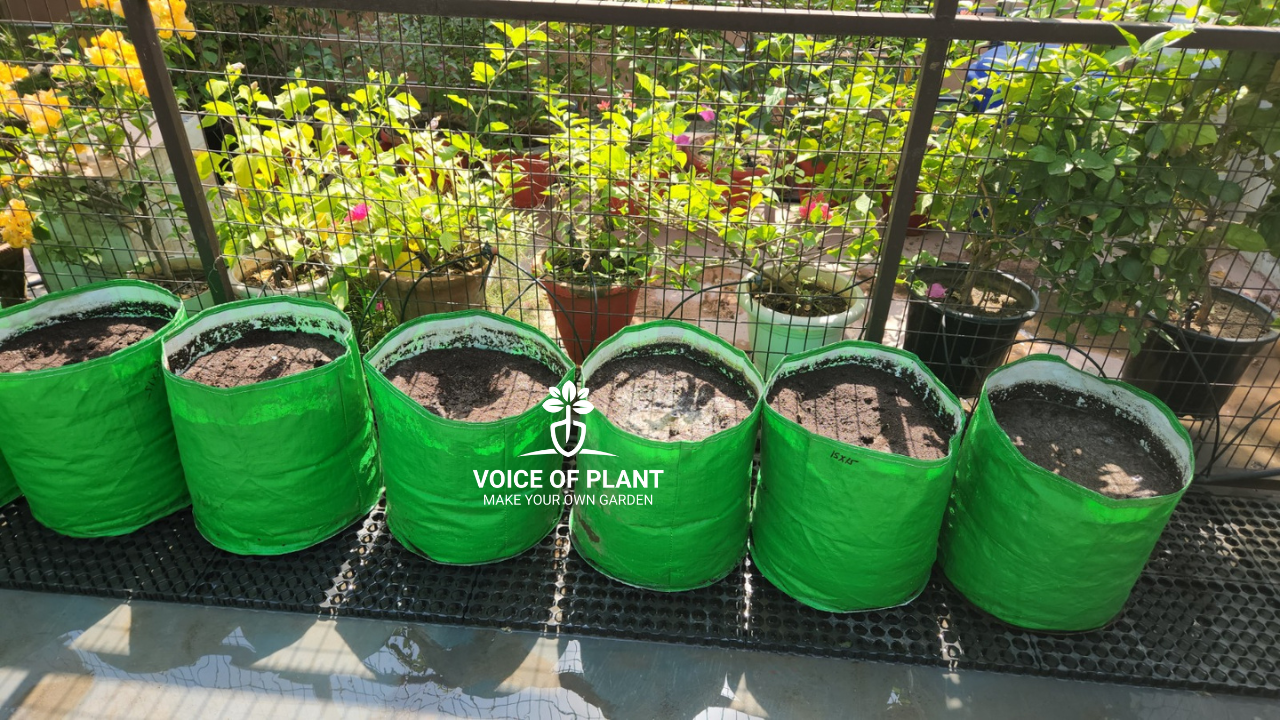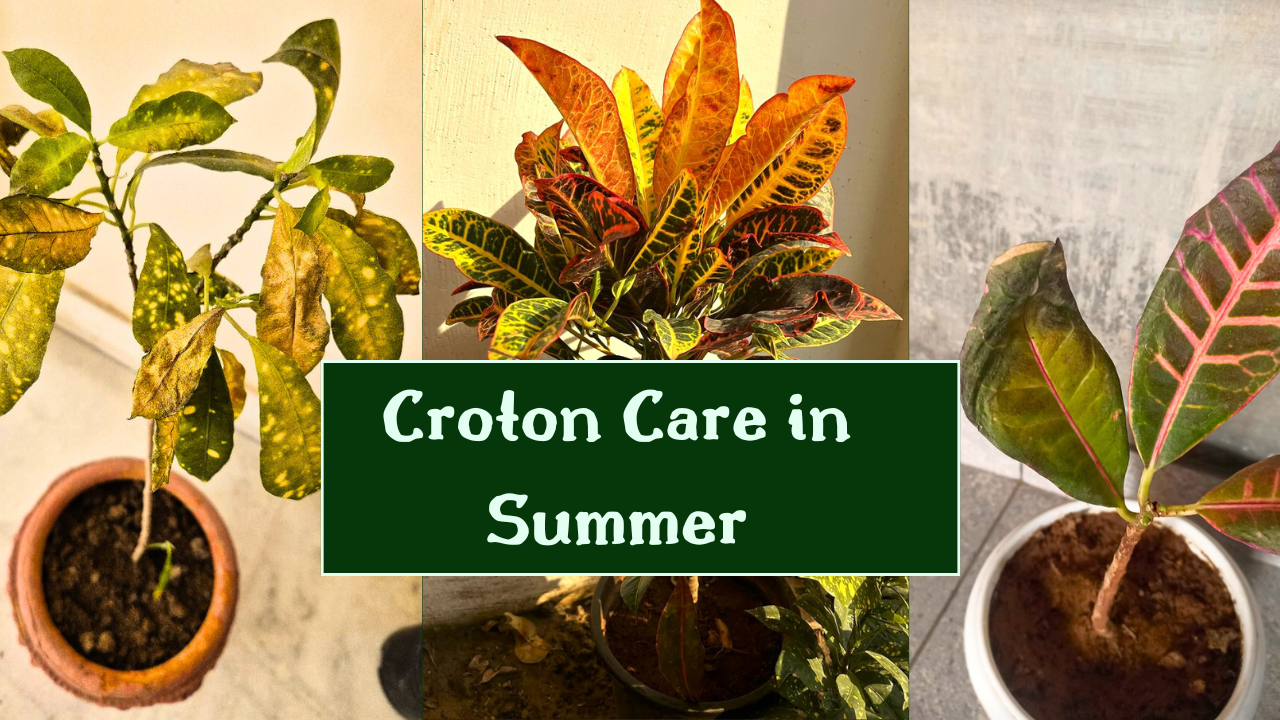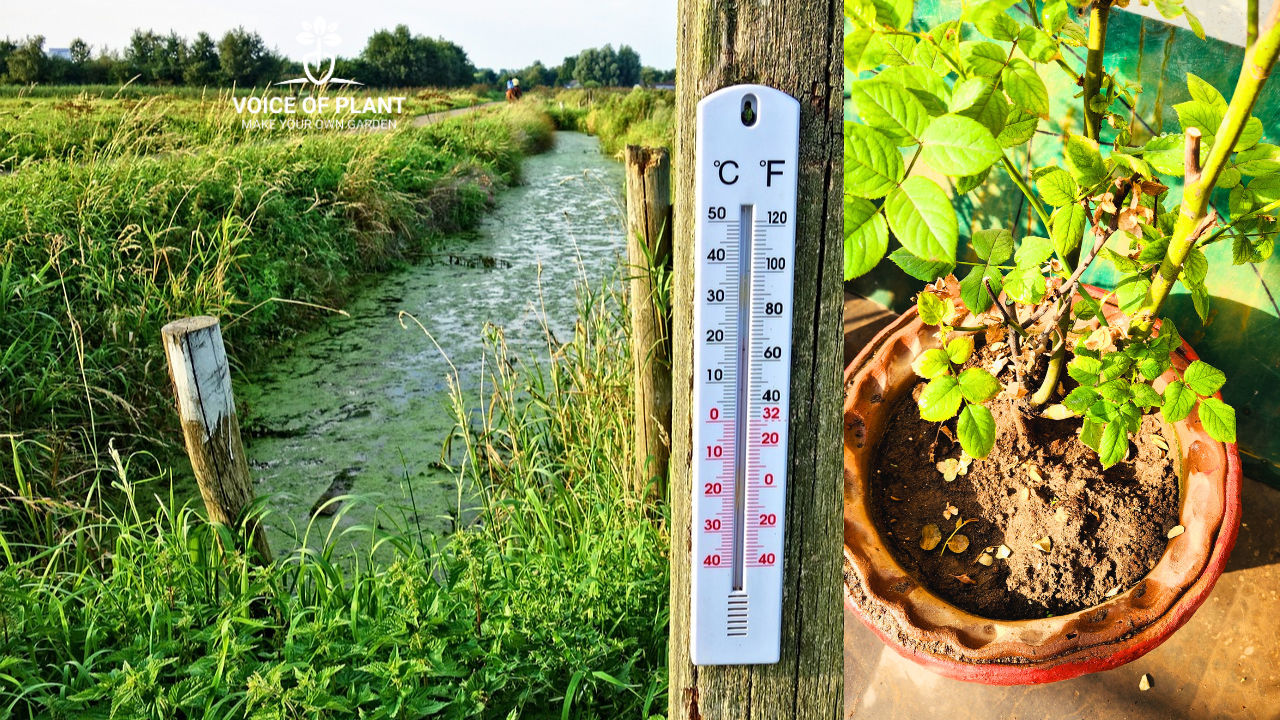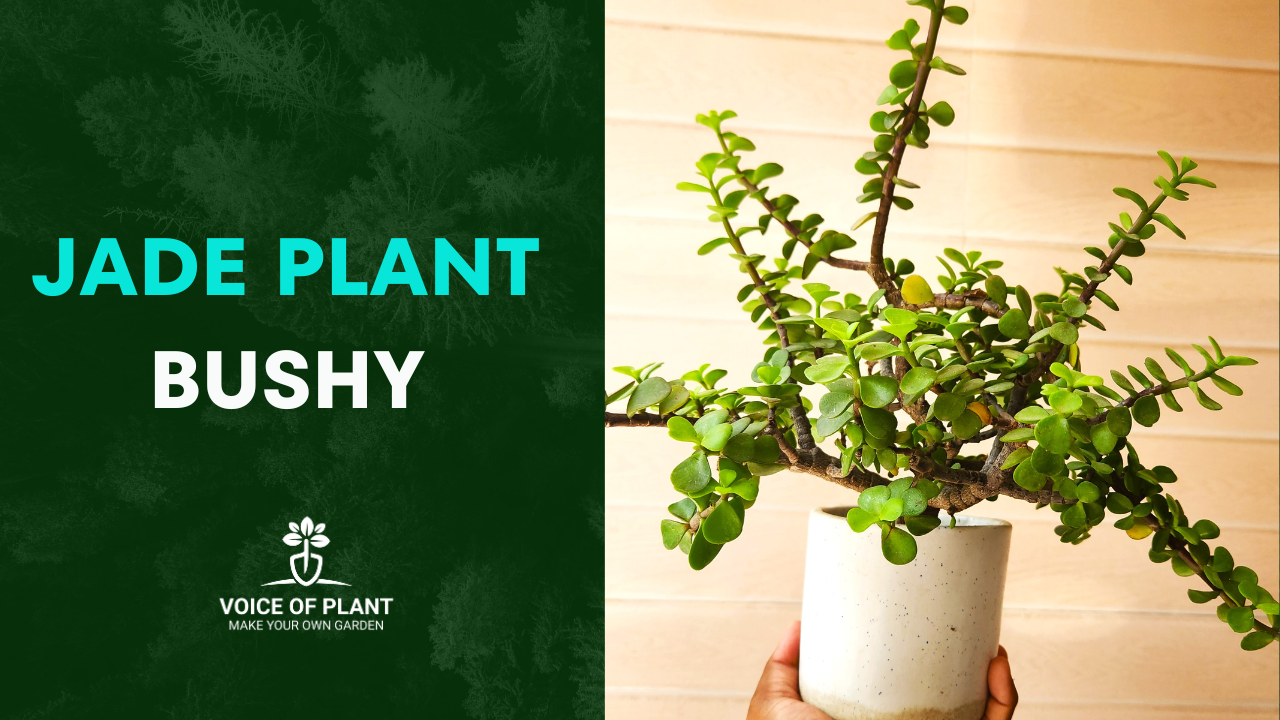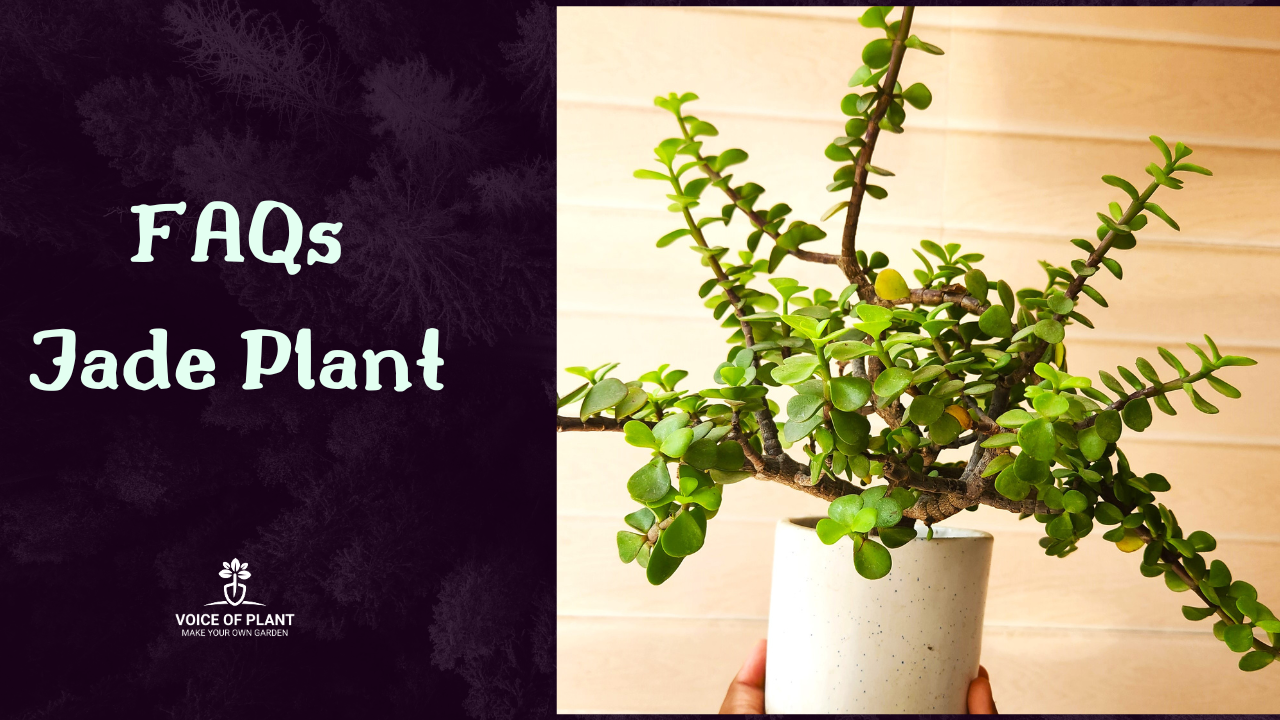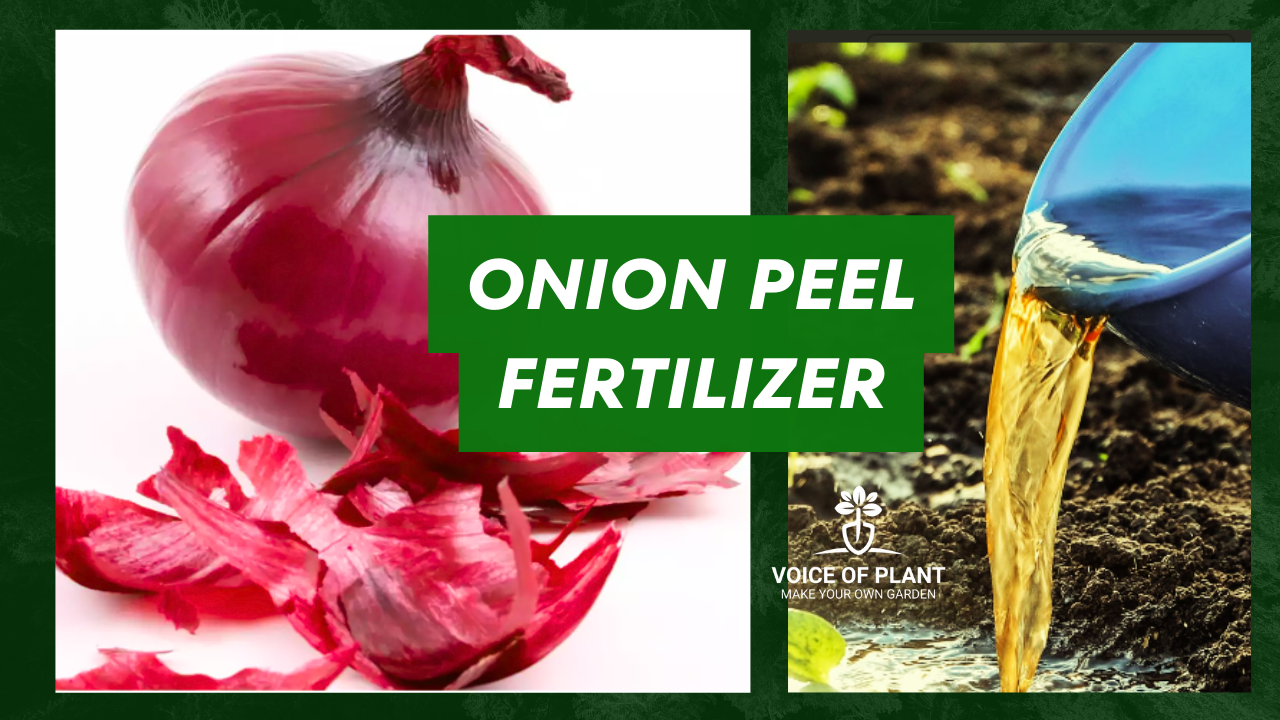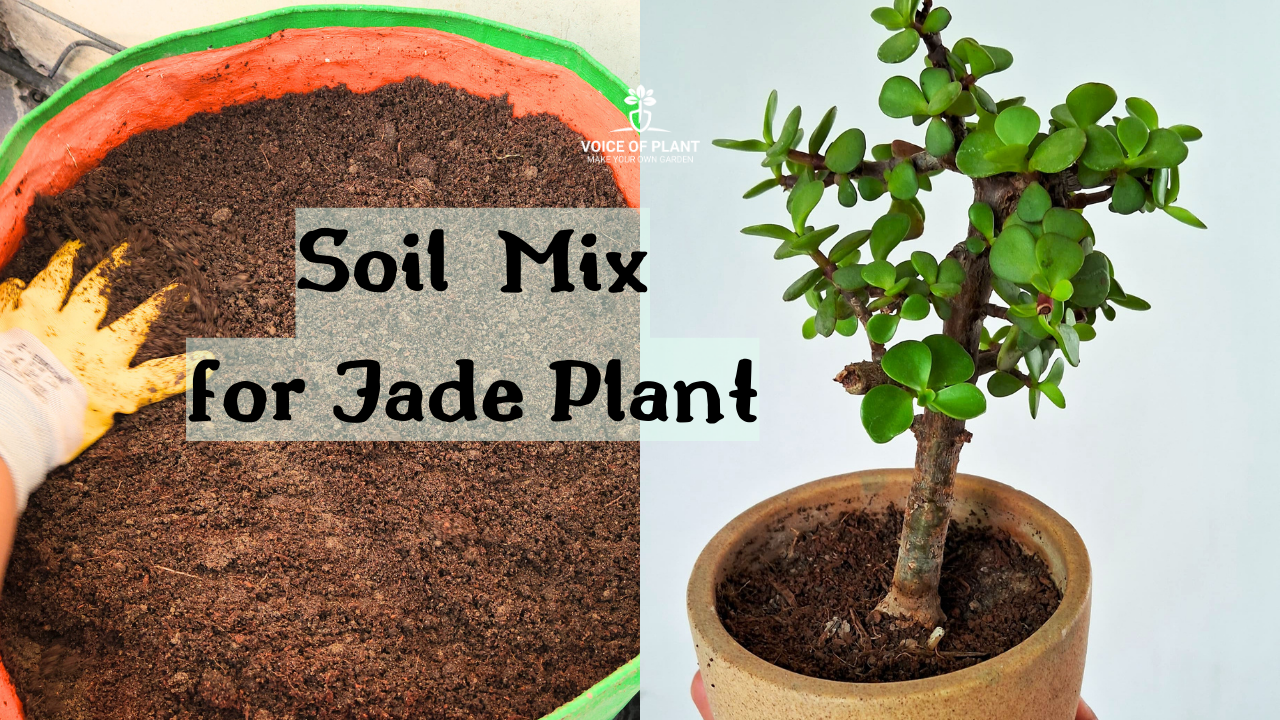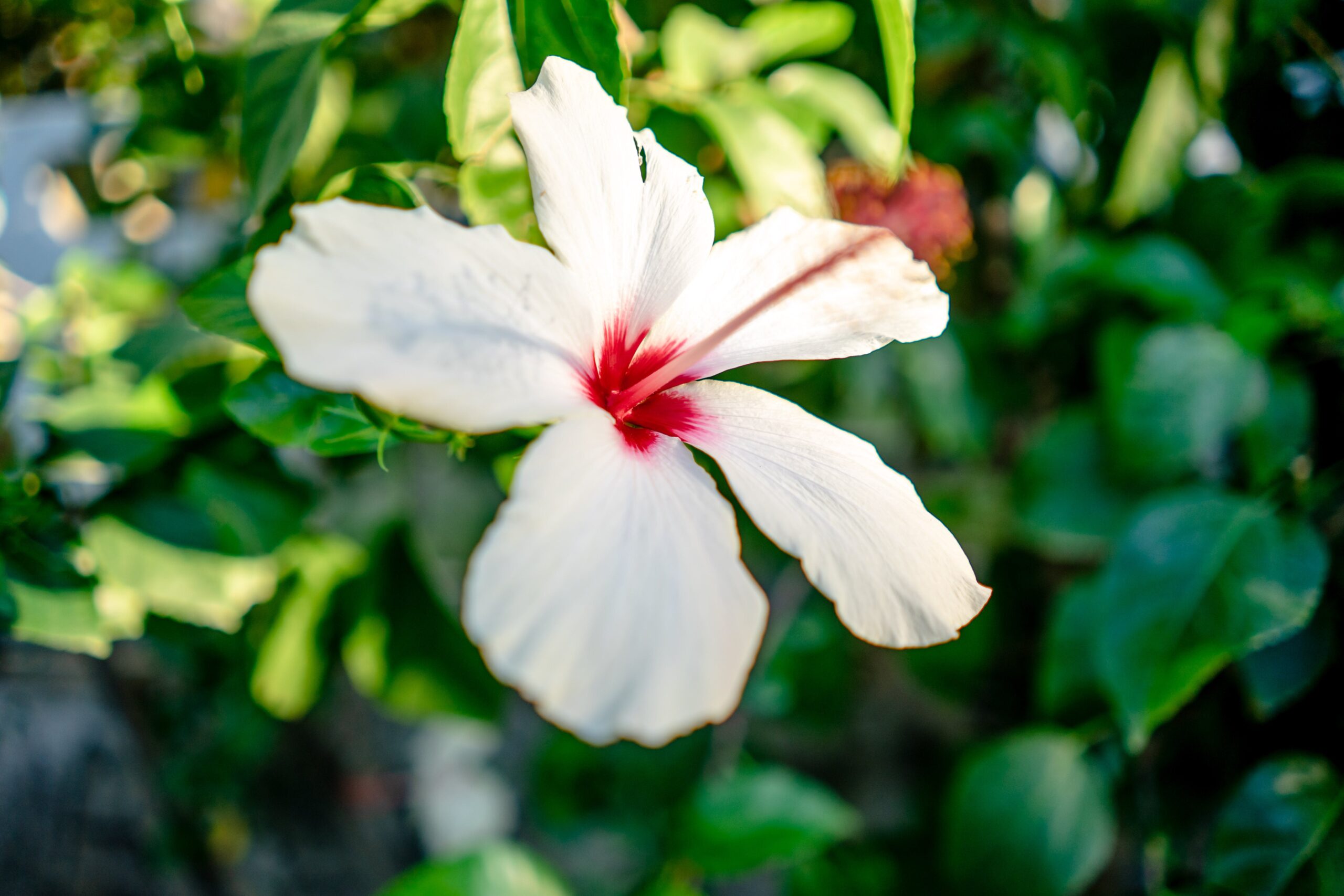Benefits of Grow Bags in Gardening
If you are exploring container gardening and considering various types of pots such as cement, plastic, clay, or ceramic, it is also crucial to understand the concept of grow bags.

Grow bags offer a flexible and efficient solution to your gardening needs. But, are grow bags truly good for gardening? Let’s dive deep into this topic and discover the myriad benefits these unassuming containers offer.
What Are Grow Bags?
Grow bags are a type of container used for planting, typically made from breathable materials such as fabric. Grow bags typically come in a cylindrical shape with a solid base at the bottom, which provides stability and prevents them from rolling or tipping over.

They are commonly made of HDPE (High-Density Polyethylene) plastic, which offers several advantages. Unlike traditional plastic pots, HDPE grow bags don’t absorb as much heat during hot weather, especially in the scorching months of May and June.
This helps maintain a cooler environment for plant roots, preventing overheating and potential damage. When selecting plastic grow bags, it is crucial to opt for those made from HDPE to ensure adequate insulation against external heat.
Additionally, another important factor to consider is the GSM (Grams per Square Meter) rating.
- The higher the GSM, the sturdier the grow bag tends to be, ensuring its longevity and durability.
- GSM values are typically indicated on each type of grow bag, whether it’s made of plastic, jute, or cloth, making it easier to choose the right one for your needs.
Unlike traditional pots, grow bags allow for superior aeration and drainage, which can significantly benefit plant health. They come in various sizes and materials, each suited to different types of plants and gardening setups.
Benefits of Using Grow Bags
Improved Root Health

One of the standout benefits of grow bags is their impact on root health.
- The breathable fabric allows for air pruning, where roots are naturally pruned by exposure to air.
- This prevents root circling and encourages a more fibrous root system, enhancing nutrient uptake and overall plant vitality.
Better Aeration
The porous nature of grow bags ensures that the soil remains well-aerated.
- This means oxygen can reach the roots more efficiently, promoting healthier and faster growth.
Enhanced Drainage

Overwatering is a common problem in traditional pots, leading to root rot and other issues.
- Grow bags excel in drainage, preventing water from pooling at the bottom and ensuring a healthier root environment.
Portability and Versatility
Grow bags are lightweight and easy to move, making them perfect for gardeners who like to rearrange their plants or those who have limited space. Their flexibility also means they can be used in a variety of settings, from balconies to backyards.
Types of Grow Bags
Fabric Grow Bags
These are the most common and popular type of grow bags. Made from breathable fabric, they provide excellent aeration and drainage.
Plastic Grow Bags

Though less common, plastic grow bags are durable and can be a more affordable option. They typically have drainage holes to prevent waterlogging.
Biodegradable Grow Bags
For the eco-conscious gardener, biodegradable grow bags offer an environmentally friendly option. These bags decompose over time, enriching the soil as they break down.
Comparing Grow Bags to Traditional Pots
Durability:
Grow bags are made from tough materials, making them resistant to breaking.
- Unlike clay or cement pots that can shatter or plastic pots that can crack, grow bags stay strong for years.
Low Maintenance:
With proper care, grow bags can last 4-5 years without tearing.
- They do not need repainting like some pots and maintain their look over time. Just handle them gently to avoid damage.
Mobility:
Grow bags are easier to move around, making them ideal for urban gardens or spaces where flexibility is key.
Reusability:
Grow bags can be reused multiple times.
- After a plant is done growing, simply empty, clean, and reuse the bag for another plant. This makes them a sustainable and cost-effective option.
Quality and Sizes:
Grow bags come in various materials like jute, plastic, and cloth, and they offer many sizes from small to large.
- Special designs are available for specific crops, and their foldable nature makes storage easy.
Lightweight:
Grow bags are much lighter than traditional pots, making them ideal for rooftops and balconies.
- They do not put extra strain on structures and are easy to move around.
Setting Up Your Grow Bag Garden
Selecting the Right Location
Place your grow bags in a location that receives adequate sunlight and has good air circulation.
Create holes for drainage
When using plastic grow bags, it is important to create holes for drainage.
- However, avoid making holes at the very bottom. Instead, make holes around the bottom edge of the grow bags.
- This prevents soil from spilling out and keeps the bags lightweight, avoiding the need for heavy materials to cover bottom holes.
To make the holes, use a lit incense stick. This method creates neat, symmetrical holes and reduces the risk of tearing the grow bags. Avoid using sharp tools, as they can damage the bags.
Preparing the Grow Bags

Fill the grow bags with high-quality soil mixed with compost.
- Ensure the soil is loose and well-draining.
Use a mix of organic compost and potting soil. Supplement with slow-release fertilizers to provide essential nutrients over time.
Planting in Grow Bags
Which types of plants are suitable for Grow Bags

Vegetables such as: Tomatoes, Brinjal, Capsicum, Peppers, herbs, and root vegetables like carrots and potatoes thrive in grow bags.
- Choose plants based on the size of your bags and your climate.
While traditional clay pots have their charm, grow bags offer a practical, durable, and flexible alternative for modern gardening.
Happy Gardening!
